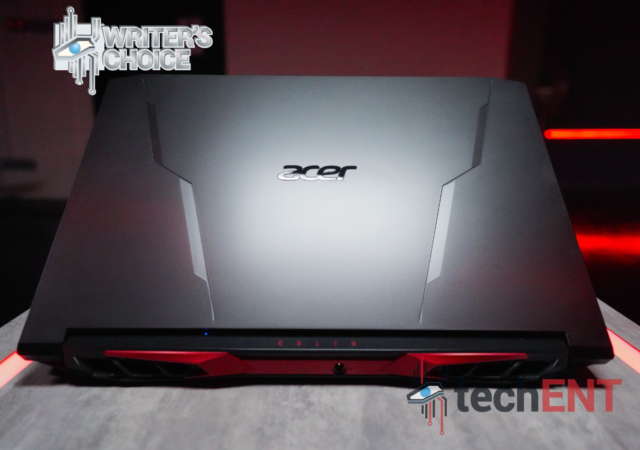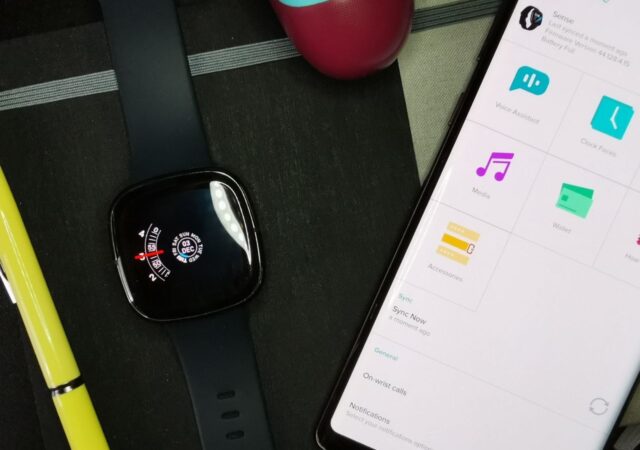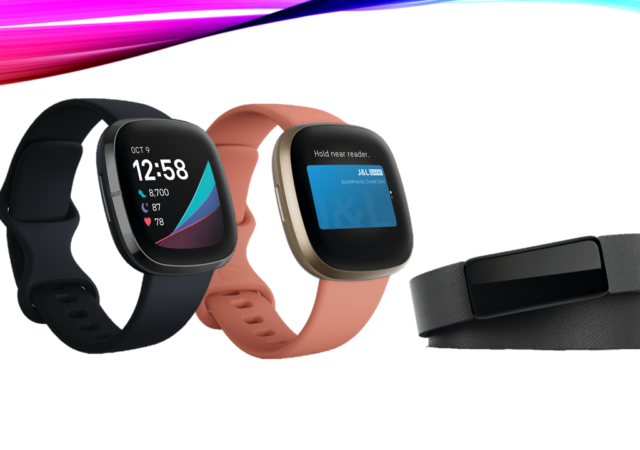Acer released the Nitro 5 powered by an AMD processor and NVIDIA GeForce RTX GPU. We tested one to see if it is worth MYR 6,399.
The Fitbit Sense In-Depth Review – The Shinier Versa
The Fitbit Sense was introduced together with the Fitbit Versa 3 with new functions and design. Is it any good for MYR 1,498?
Fitbit Unleashes the Sense, Versa 3 and Inspire 2 in Malaysia
Fitbit releases three new wearables in Malaysia ushering a new generation of fitness centric wearables imbued with features to empower fitness.





